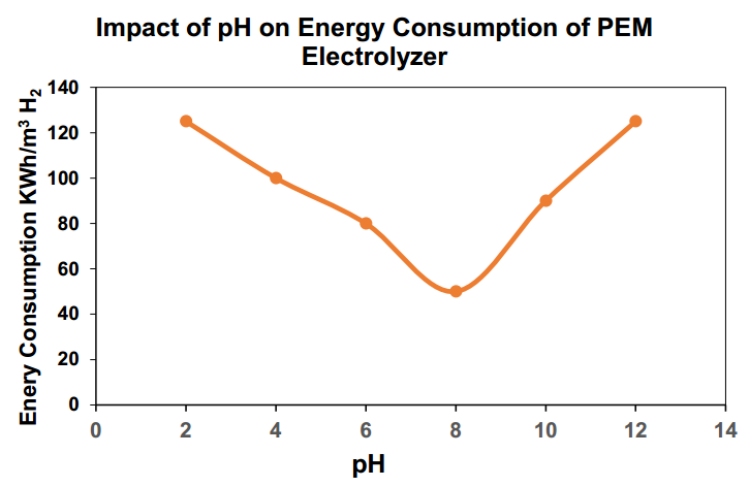Can Hydrogen-Powered Homes Truly Reduce Heating Costs? An In-Depth Analysis of Economic Viability, Infrastructure Challenges, and Future Outlook
- 逸风 黄
- 3 days ago
- 2 min read

1. Current Development Status of Hydrogen-Powered Homes
Hydrogen-powered homes are emerging as an innovative solution in the global clean energy transition. Pilot projects such as Scotland’s H100 Fife initiative and similar programs across the European Union have demonstrated the technical feasibility of using hydrogen for residential heating and cooking. However, the critical question of whether these systems can genuinely reduce household heating costs requires careful examination of market data, economic variables, and infrastructure realities. Currently, hydrogen constitutes only 2% of the EU’s energy mix, with green hydrogen—produced via renewable-powered electrolysis—accounting for less than 1% of total production due to high costs and technical challenges. The H100 Fife project, which aims to expand from 3 to 300 hydrogen-powered homes, has revealed initial heating expenses to be 20–30% higher than natural gas alternatives, primarily due to green hydrogen production costs ranging from $3–6/kg. Similarly, projects in the Netherlands and Italy, while proving functional viability, face economic hurdles related to distribution safety and system efficiency.
2. Economic Analysis and Cost Comparison
Studies by the Regulatory Assistance Project (RAP) and the Institute for Energy Economics and Financial Analysis (IEEFA) indicate that hydrogen heating is significantly less efficient than heat pumps or solar thermal systems. Combustion-based hydrogen systems operate at 80–90% efficiency, compared to 300–400% for modern heat pumps. Additionally, infrastructure retrofitting costs—including pipeline upgrades and appliance replacements—could impose an extra $5,000–$10,000 per household, further challenging short-term affordability. The EU’s REPowerEU strategy, which targets 20 million tons of renewable hydrogen annually by 2030, may accelerate innovation and scale-driven cost reductions. However, at present, households using hydrogen for heating could face annual costs of $1,500–$3,000, notably higher than natural gas heating in most European markets.
3. Barriers to Widespread Adoption
Key obstacles to the cost-competitiveness of hydrogen heating include the substantial energy input required for electrolysis—50–55 kWh of electricity per kg of hydrogen—and the limited availability of low-cost renewable electricity in many regions. Safety concerns regarding hydrogen’s flammability and leakage risks also necessitate rigorous and costly handling protocols. For hydrogen-powered homes to achieve economic viability, the industry must overcome these production and distribution challenges while leveraging declining renewable energy prices and improved electrolyzer efficiency.
4. Conclusion and Future Outlook
At present, hydrogen heating is not a cost-saving solution for most households. However, strategic policy support and technological advances could make it a more compelling option in the long term. Households evaluating hydrogen should consider local energy prices, renewable resource availability, and subsidy programs—weighing hydrogen’s potential against more established options like heat pumps and district heating systems.







Comments